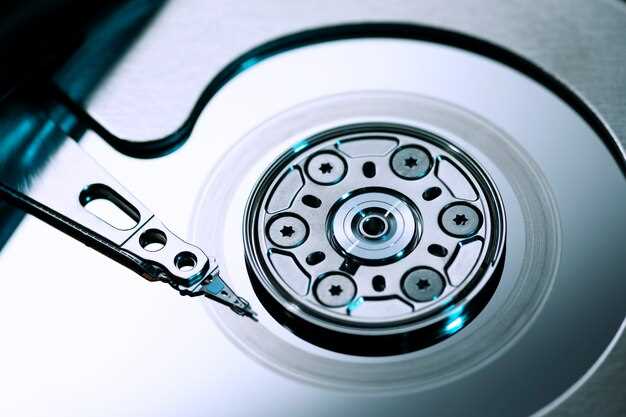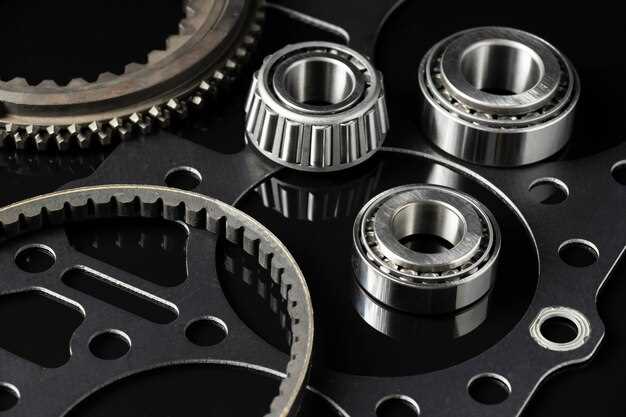
In the realm of mechanical engineering and industrial applications, the selection of bearings is a critical factor that can significantly influence overall system efficiency and longevity. High RPM bearings, designed to operate at elevated speeds, are particularly vital in applications such as electric motors, turbines, and high-speed machinery. The choice of the right bearing type, material, and design can make the difference between a reliable operation and costly downtime due to failure.
When selecting high RPM bearings, several key considerations must be taken into account. Load capacity, speed rating, and lubrication methods are among the primary factors that dictate performance and durability. Additionally, the environmental conditions in which the bearings will operate–such as temperature, humidity, and exposure to contaminants–play a pivotal role in determining the best bearing solution. Understanding the specific requirements of your application will enable you to make a well-informed choice that maximizes performance and minimizes maintenance costs.
In this article, we will explore the essential aspects of selecting high RPM bearings, including the various types available, how to assess their capabilities, and the impact that each choice has on system efficiency. By delving into these topics, readers will gain crucial insights that will aid them in selecting the optimal bearings for their high-speed applications, ultimately leading to enhanced operational performance and reliability.
Understanding Load Capacities and Limits for High RPM Applications
In high RPM applications, understanding load capacities and limits is crucial for ensuring optimal performance and longevity of bearings. Bearings are subject to various forces, including radial and axial loads, which can significantly affect their operational capabilities.
Radial Load Capacity refers to the ability of a bearing to support loads perpendicular to its axis. High RPM bearings must maintain structural integrity under these loads without excessive wear or failure. The dynamic radial load capacity is expressed in terms of a basic rating life, allowing engineers to estimate the lifespan based on expected loads and RPMs. Choosing bearings with appropriate radial load ratings is essential, as insufficient capacity can lead to premature failure.
Axial Load Capacity is equally important in high-speed applications. This parameter defines a bearing’s ability to support forces parallel to its axis. Bearings designed for high RPMs often require specialized designs to handle axial loads effectively, especially when combined with radial loads. Manufacturers typically provide separate axial load ratings to assist in selection and design stages.
The limit of rotational speed is another critical factor. As RPM increases, so does the risk of overheating and material fatigue. High RPM bearings are often constructed from advanced materials and feature designs that minimize friction, reducing heat generation. It’s imperative to consult the manufacturer’s specifications to understand the operational limits and to ensure that the selected bearings can sustain the desired RPM under actual load conditions.
Additionally, fatigue limits play a substantial role in high RPM applications. Repeated loading cycles can lead to material fatigue, impacting the bearing’s reliability. Understanding the bearing’s life cycle under variable loads can help in selecting the right bearing for an application. This involves calculating the equivalent load and comparing it against the bearing’s rated capacity.
Ultimately, careful consideration of load capacities and their associated limits is essential for selecting the right high RPM bearings. By evaluating these factors, engineers can enhance performance, prevent failures, and extend the lifespan of machinery in demanding applications.
Choosing the Right Materials and Lubrication for Enhanced Durability

When selecting high RPM bearings, the choice of materials directly impacts their performance and longevity. Typically, bearings are manufactured from materials such as stainless steel, ceramics, and specialized alloys. Stainless steel is favored for its high resistance to corrosion, providing durability in various environments. However, it may not always withstand the high temperatures generated by increased speeds.
Ceramic materials, on the other hand, exhibit exceptional hardness and are lightweight, making them ideal for high-speed applications. They also offer superior thermal resistance and minimal friction, enhancing overall efficiency. That said, ceramics can be more brittle and may require careful handling during installation.
For specialized applications, hybrid bearings that combine ceramic and steel elements can deliver an optimal balance of strength, weight, and thermal performance. This combination helps prevent wear under high RPM conditions and extends the bearing life significantly.
In tandem with material selection, lubrication plays a pivotal role in ensuring the durability of high RPM bearings. Proper lubrication reduces friction, dissipates heat, and minimizes wear. Different types of lubricants, such as oils, greases, or solid lubricants, cater to varying operational conditions. For high-speed applications, low-viscosity synthetic oils are often recommended due to their stability at elevated temperatures.
Moreover, lubrication intervals are essential in maintaining performance. Bearings operating at high RPMs require regular lubrication to avoid degradation. Automated lubrication systems can provide constant supply, ensuring that the bearings remain adequately lubricated throughout their operational life.
Ultimately, the selection of appropriate materials and lubrication techniques is fundamental to enhancing the durability and reliability of high RPM bearings. By combining the right material properties with effective lubrication, one can achieve optimal performance and longevity in demanding applications.
Analyzing Tolerances and Clearances for Precision in High-Speed Environments

In high-speed applications, the selection of bearings with optimal tolerances and clearances is critical for ensuring performance and longevity. Bearings operate under significant dynamic loads and require precise assembly to avoid issues such as excessive wear, overheating, and premature failure.
Tolerances refer to the allowable variations in dimensions, which influence how components fit together. Tight tolerances are essential in high-RPM environments because they reduce the likelihood of misalignment and maintain accurate contact between bearing surfaces. For example, a tighter inner race tolerance can help decrease radial play, which subsequently enhances stability during high-speed operation.
Clearances, on the other hand, are the intentional gaps between bearing components, allowing for thermal expansion and lubrication. An appropriate clearance is vital in ensuring that bearings can accommodate the heat generated at high speeds without leading to excessive friction or seizure. Insufficient clearance can result in localized overheating, while excessive clearance can lead to increased vibration and decreased performance.
It’s important to consider both the operational temperature and environmental factors when analyzing tolerances and clearances. High-speed operations typically generate more heat, necessitating a careful balance of these parameters to prevent thermal distortion. Additionally, external conditions such as moisture and contamination must be accounted for, as they can affect lubrication and bearing behavior.
In summary, the precise analysis of tolerances and clearances is a foundational step in selecting high RPM bearings. By ensuring that these factors are optimized, engineers can significantly enhance performance, reliability, and overall efficiency in demanding applications.
